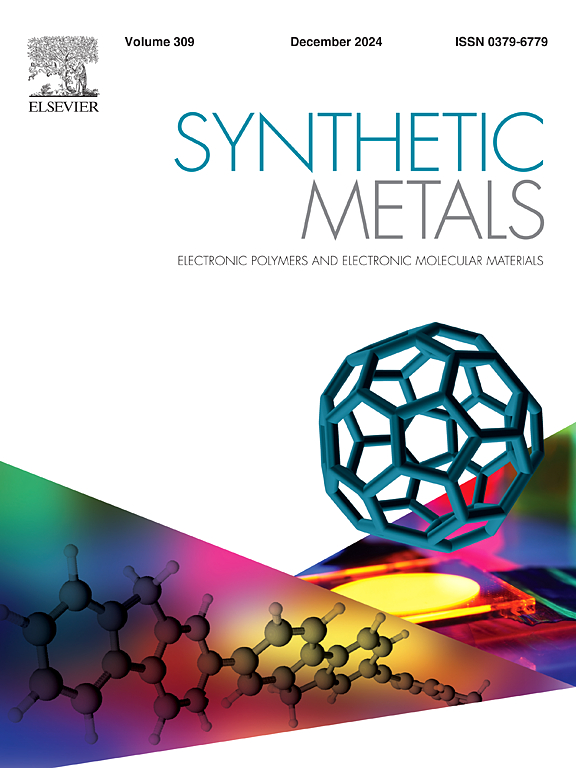Sulfur-decorated polyaniline-nanotube composites as cathode materials for lithium metal batteries
IF 4.6
3区 材料科学
Q2 MATERIALS SCIENCE, MULTIDISCIPLINARY
引用次数: 0
Abstract
Various composites of polyaniline (PANI) and polyanisidine (PAnis) with multi-walled carbon nanotubes (MWCNTs) and sulfur have been prepared using a simple one-pot and single-step strategy based on in situ chemical polymerization of aniline monomers in the presence of sulfur, MWCNTs and ammonium persulfate. The resulting composites contained 0 % to ∼25 % sulfur by weight and were characterized with nitrogen adsorption-desorption isotherms, thermogravimetric analysis, scanning electron microscopy with elemental mapping. Since most of the results for PANI/sulfur composites were reported for sulfur-rich systems (>40 %), the aim of this work was to investigate, for the first time, the obtained composites with low sulfur content as cathodes for metal-ion batteries. The utilization of both nanotubes and sulfur is beneficial for PANI-based electrode materials and enables better cycling stability, redox process reversibility and higher specific capacity. As a result, PANI/MWCNTs/S composite demonstrated a specific discharge capacity of 165 mAh g−1 at the current density of 100 mA g−1 and an average discharge potential of 2.4 V. Furthermore, we have shown the feasibility of the fabrication of potassium batteries using PANI- or PAnis-based composite cathodes, which paves a way to the development of inexpensive and scalable post-lithium battery technology.
硫修饰聚苯胺-纳米管复合材料作为锂金属电池正极材料
在硫、多壁碳纳米管(MWCNTs)和过硫酸铵的存在下,利用苯胺单体原位化学聚合的简单一锅一步策略,制备了多种聚苯胺(PANI)和聚苯胺(PAnis)与多壁碳纳米管(MWCNTs)和硫的复合材料。所得复合材料含硫量为0 % ~ ~ 25 %,并通过氮吸附-解吸等温线、热重分析、扫描电镜元素图进行了表征。由于大多数关于聚苯胺/硫复合材料的结果都是在富硫体系(>40 %)中报道的,因此本研究的目的是首次研究获得的低硫复合材料作为金属离子电池的阴极。纳米管和硫的同时使用有利于制备聚苯胺基电极材料,具有更好的循环稳定性、氧化还原过程可逆性和更高的比容量。结果表明,在100 mA g−1电流密度下,PANI/MWCNTs/S复合材料的比放电容量为165 mAh g−1,平均放电电位为2.4 V。此外,我们已经证明了使用聚苯胺或聚苯胺基复合阴极制造钾电池的可行性,这为开发廉价和可扩展的后锂电池技术铺平了道路。
本文章由计算机程序翻译,如有差异,请以英文原文为准。
求助全文
约1分钟内获得全文
求助全文
来源期刊

Synthetic Metals
工程技术-材料科学:综合
CiteScore
8.30
自引率
4.50%
发文量
189
审稿时长
33 days
期刊介绍:
This journal is an international medium for the rapid publication of original research papers, short communications and subject reviews dealing with research on and applications of electronic polymers and electronic molecular materials including novel carbon architectures. These functional materials have the properties of metals, semiconductors or magnets and are distinguishable from elemental and alloy/binary metals, semiconductors and magnets.
 求助内容:
求助内容: 应助结果提醒方式:
应助结果提醒方式:


